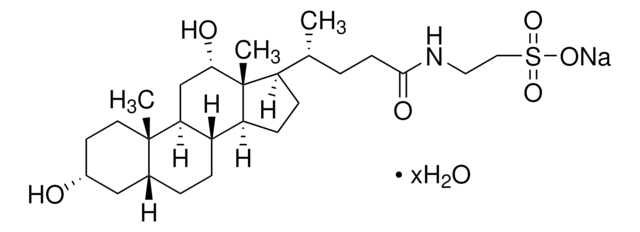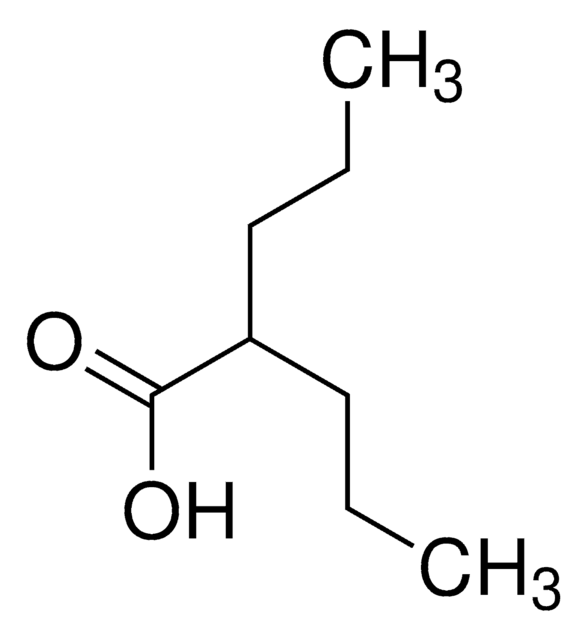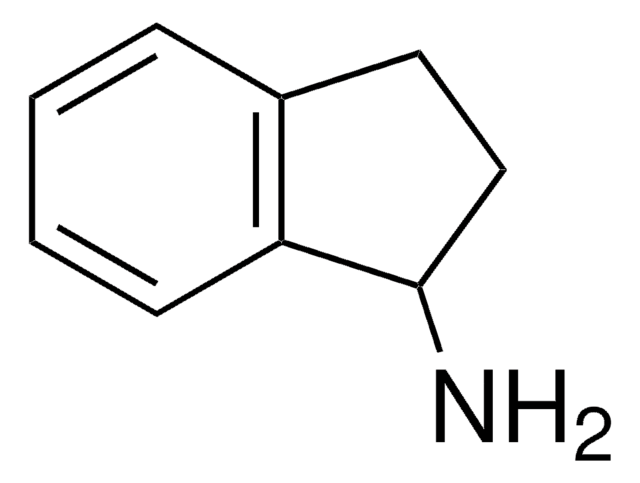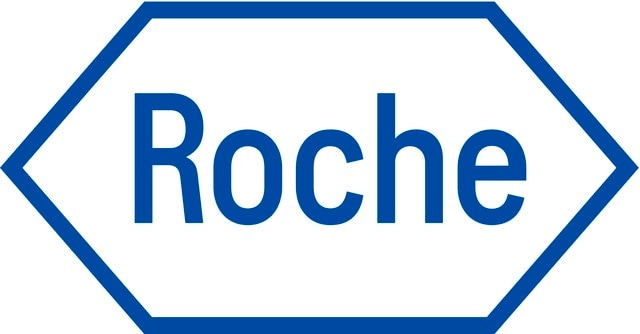PZ0178
PHA 767491 hydrochloride
≥98% (HPLC)
동의어(들):
1,5,6,7-Tetrahydro-2-(4-pyridinyl)-4H-pyrrolo[3,2-c]pyridin-4-one hydrochloride, 2-Pyridin-4-yl-1,5,6,7-tetrahydro-pyrrolo[3,2-c]pyridin-4-one hydrochloride, PHA-00767491 hydrochloride
로그인조직 및 계약 가격 보기
모든 사진(1)
About This Item
실험식(Hill 표기법):
C12H11N3O · xHCl
CAS Number:
Molecular Weight:
213.24 (free base basis)
MDL number:
UNSPSC 코드:
51111800
PubChem Substance ID:
NACRES:
NA.77
추천 제품
Quality Level
분석
≥98% (HPLC)
양식
powder
저장 조건
desiccated
색상
off-white to yellow
solubility
H2O: >25 mg/mL
SMILES string
Cl.O=C1NCCc2[nH]c(cc12)-c3ccncc3
InChI
1S/C12H11N3O.ClH/c16-12-9-7-11(8-1-4-13-5-2-8)15-10(9)3-6-14-12;/h1-2,4-5,7,15H,3,6H2,(H,14,16);1H
InChI key
IMVNFURYBZMFDZ-UHFFFAOYSA-N
애플리케이션
PHA 767491 hydrochloride has been used to study its effect on estrogen-induced DNA damage. It has also been used in western blot analysis and to study the S9.6 nuclear signal in HeLa cells.
생화학적/생리학적 작용
PHA 767491 serves as a potential anticancer drug. It shows an ameliorating effect against acute myeloid leukemia, colon and breast cancer models. PHA 767491 possesses anti proliferating and apoptotic effect.
PHA-767491 is a potent and selective ATP-competitive dual inhibitor cdc7/cdk9.
PHA-767491 is a potent and selective ATP-competitive dual inhibitor cdc7/cdk9. PHA-767491 blocks DNA synthesis and affects the phosphorylation of the replicative DNA helicase at Cdc7-dependent phosphorylation sites.
Storage Class Code
11 - Combustible Solids
WGK
WGK 3
Flash Point (°F)
Not applicable
Flash Point (°C)
Not applicable
가장 최신 버전 중 하나를 선택하세요:
이미 열람한 고객
Transcription-replication conflict orientation modulates R-loop levels and activates distinct DNA damage responses
Hamper S, et al.
Cell, 170(4), 774-786 (2017)
Medicinal Chemistry: Fusion of Traditional and Western Medicine, 382-382 (2014)
Co-transcriptional R-loops are the main cause of estrogen-induced DNA damage
Stork CT, et al.
eLife, 5, e17548-e17548 (2016)
The Initiation of DNA Replication in Eukaryotes, 289-289 (2016)
Irene Gallina et al.
Molecular cell, 81(3), 442-458 (2020-12-16)
Lesions on DNA uncouple DNA synthesis from the replisome, generating stretches of unreplicated single-stranded DNA (ssDNA) behind the replication fork. These ssDNA gaps need to be filled in to complete DNA duplication. Gap-filling synthesis involves either translesion DNA synthesis (TLS)
문서
CDKs
자사의 과학자팀은 생명 과학, 재료 과학, 화학 합성, 크로마토그래피, 분석 및 기타 많은 영역을 포함한 모든 과학 분야에 경험이 있습니다..
고객지원팀으로 연락바랍니다.












